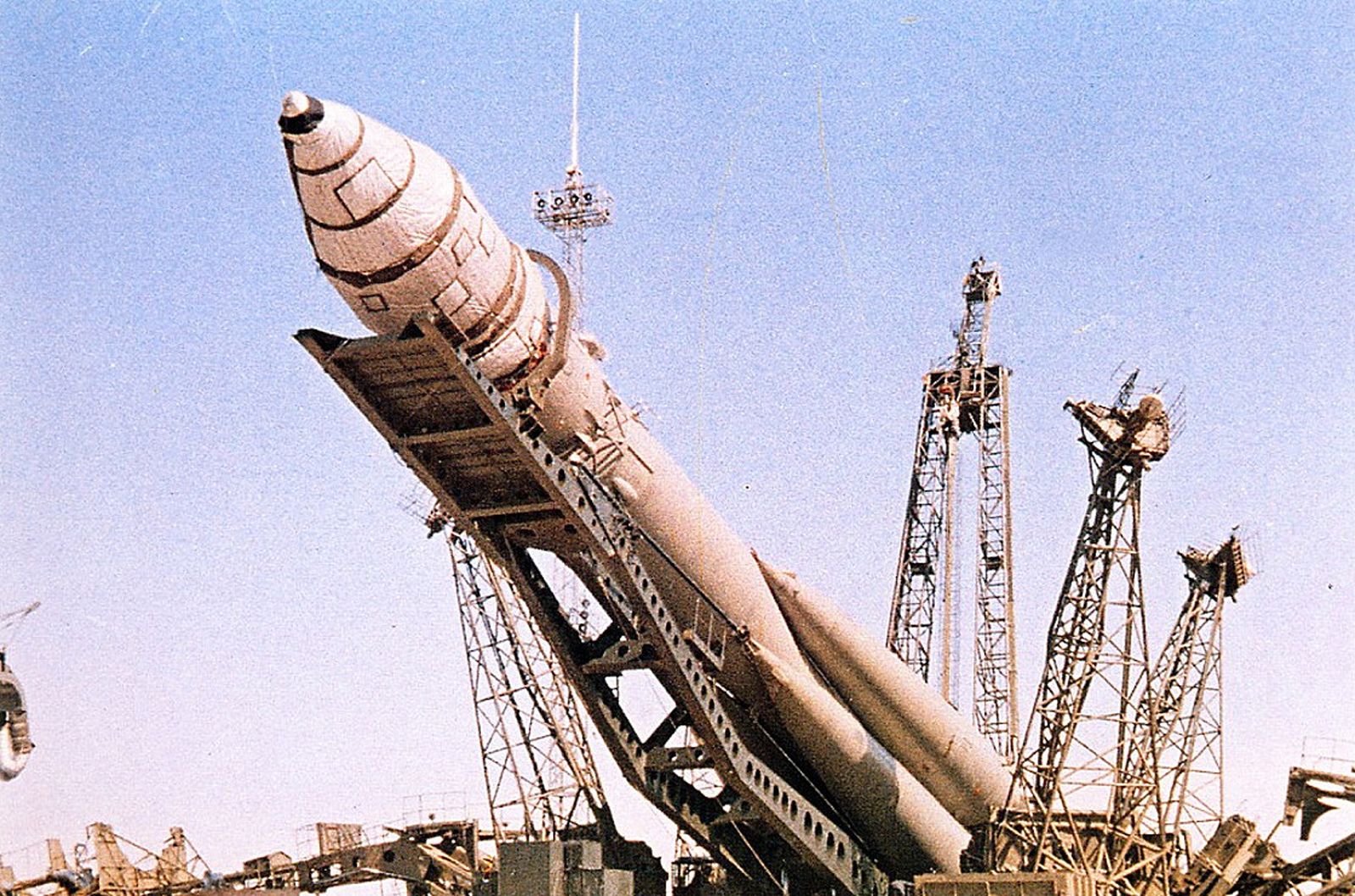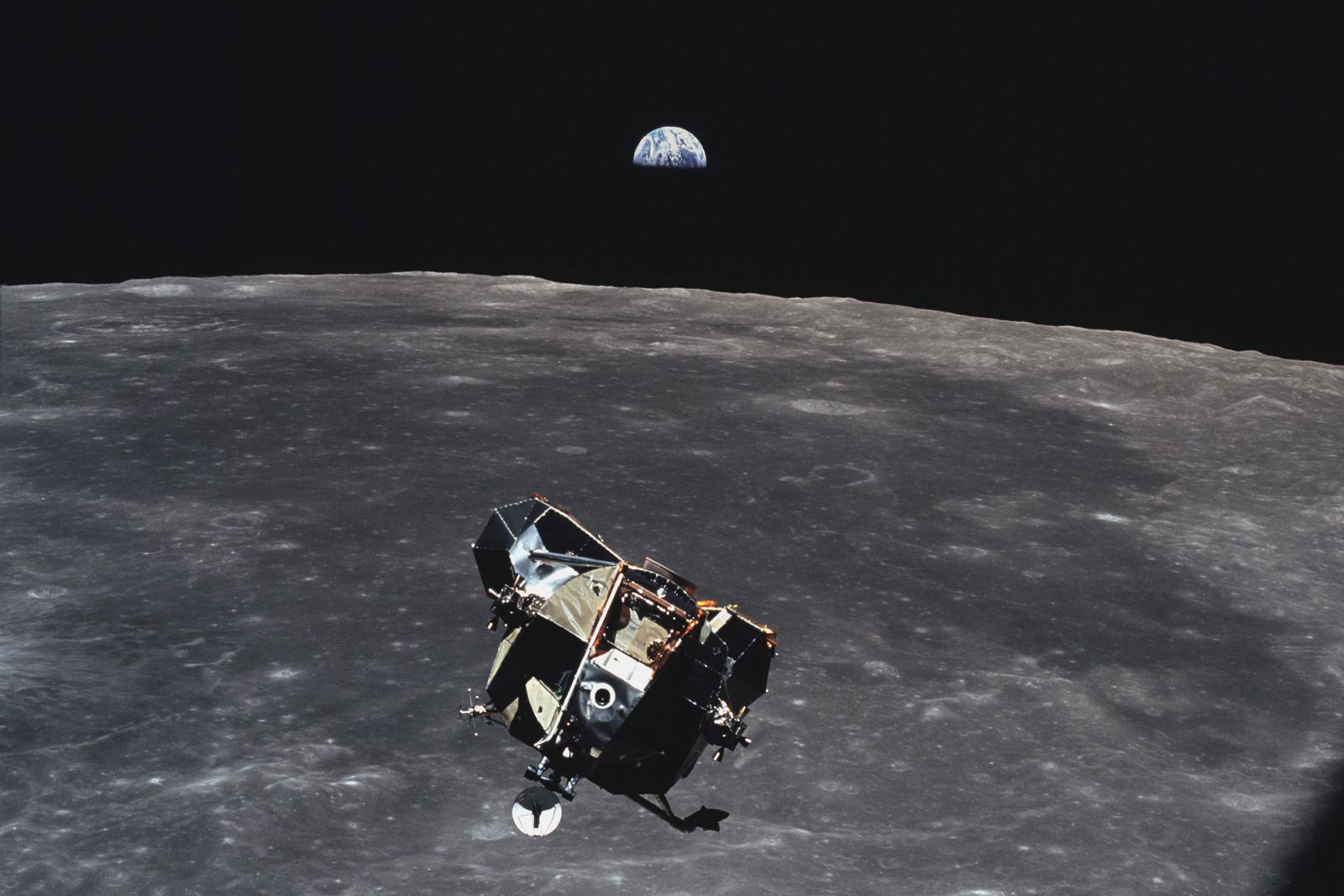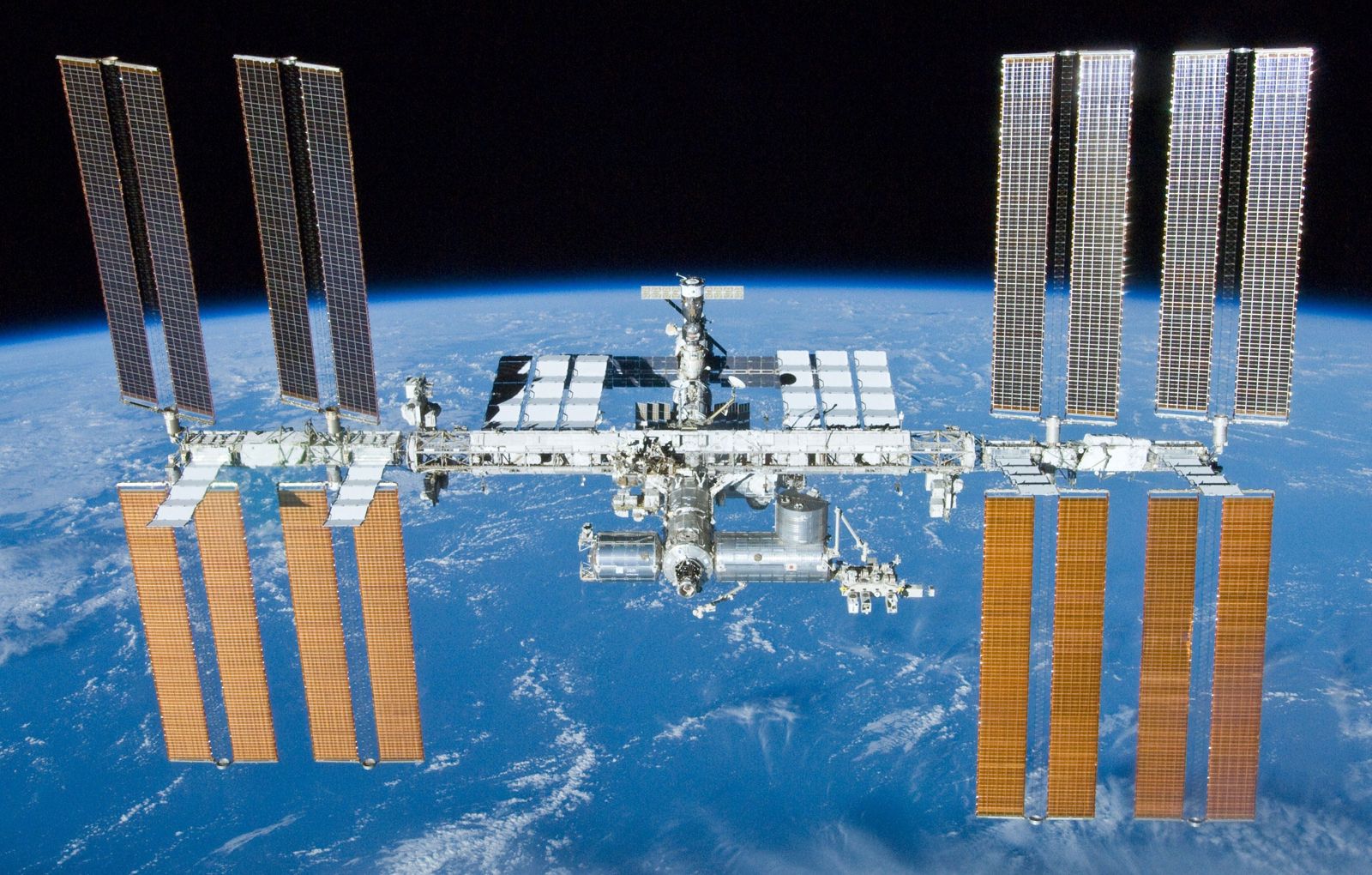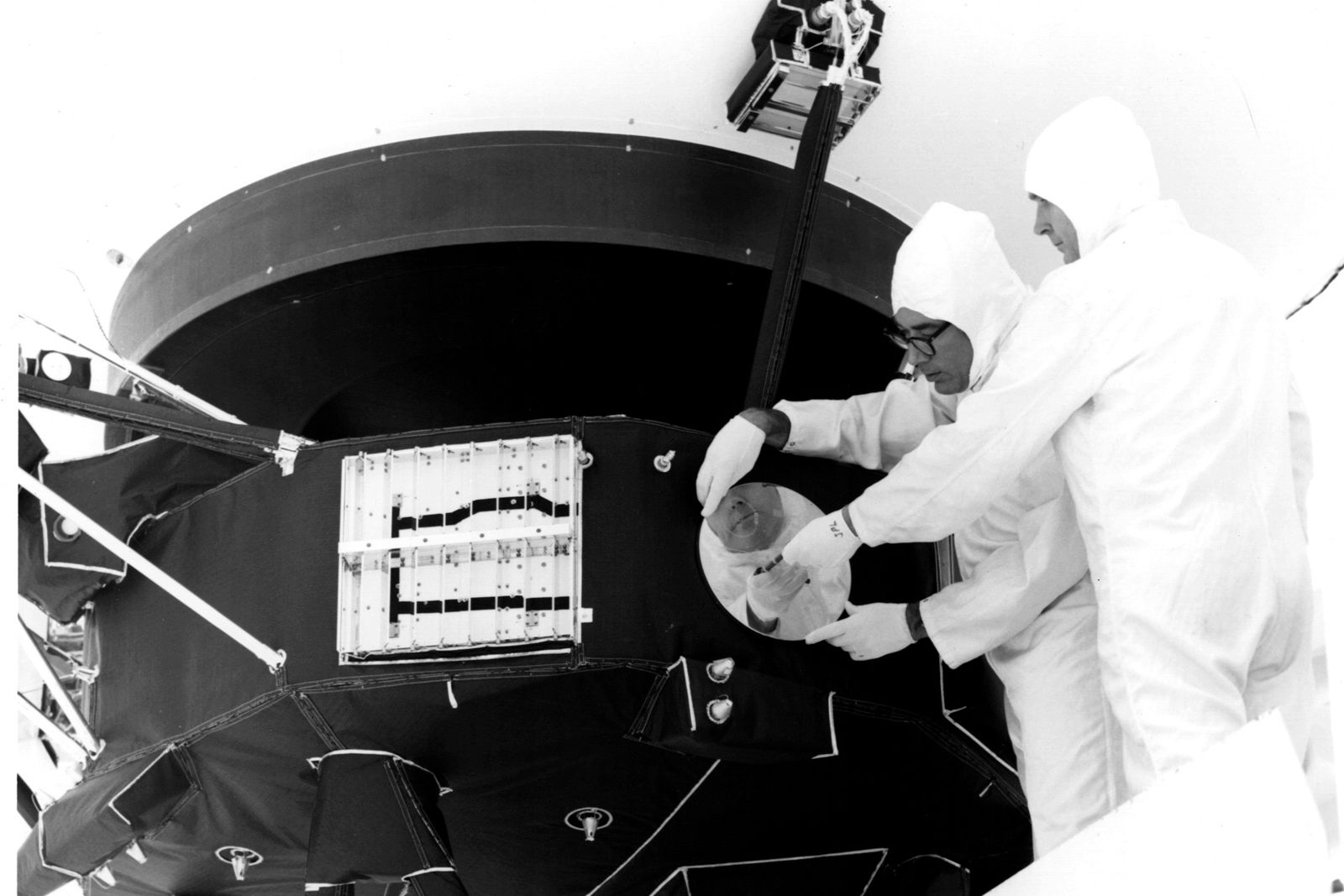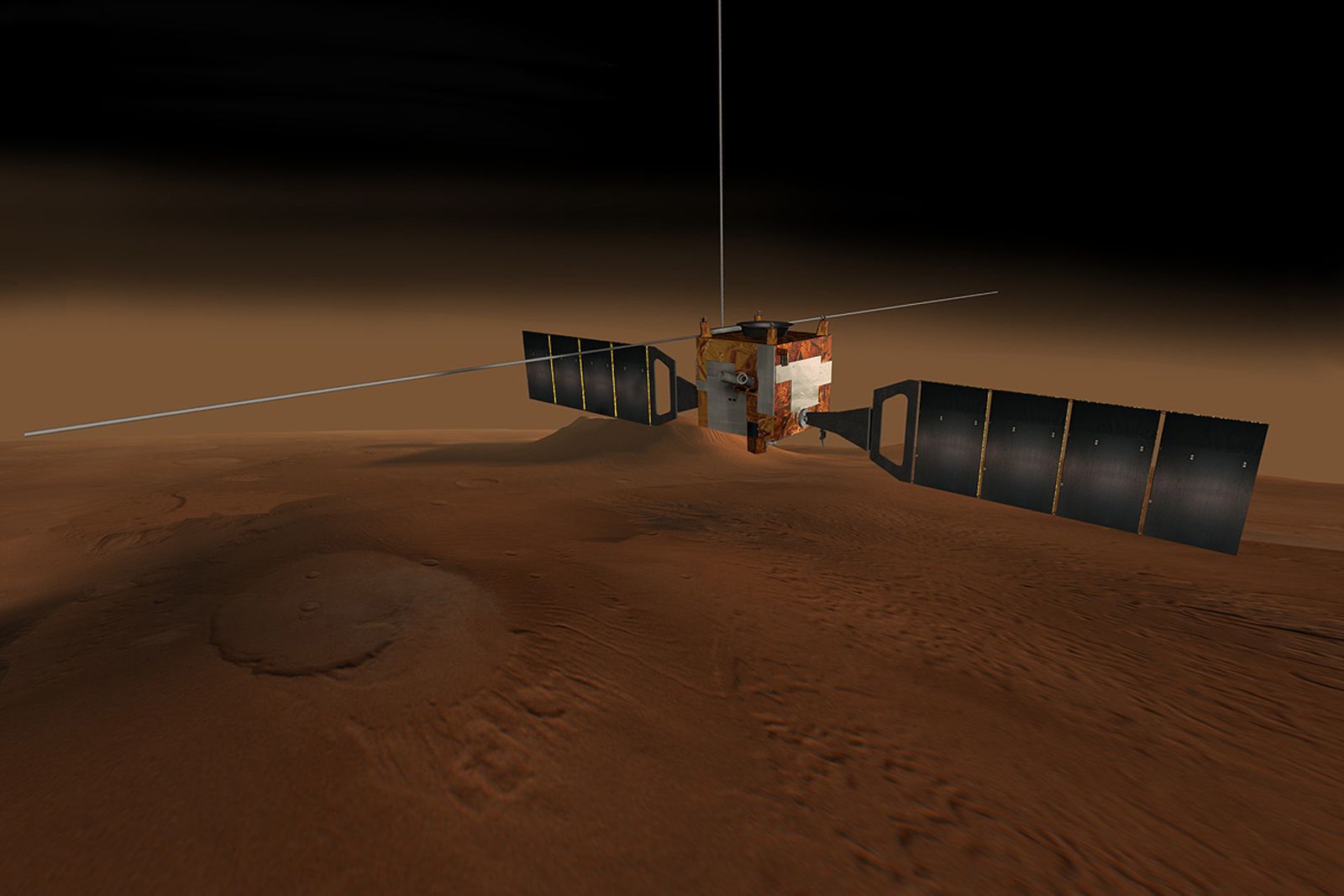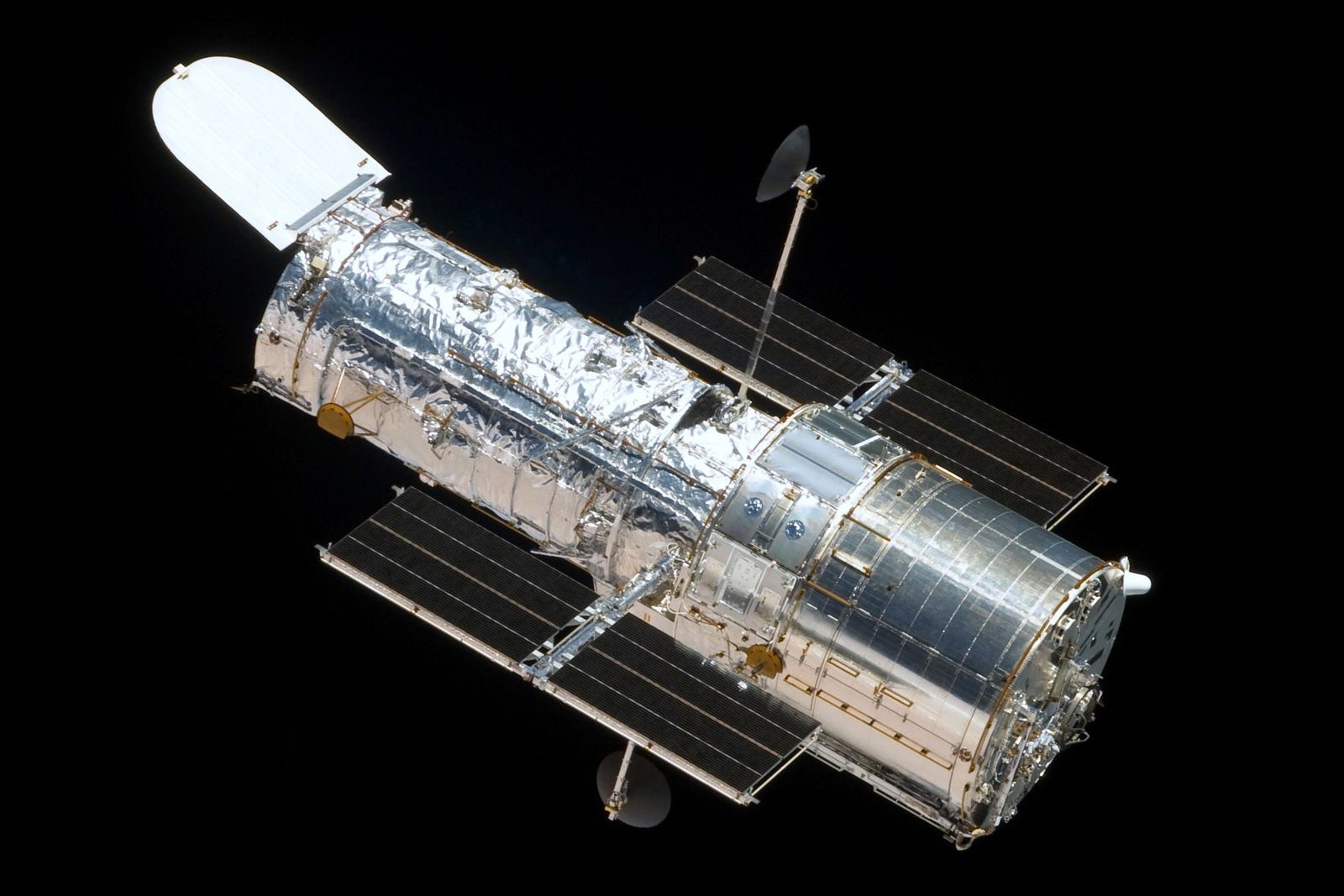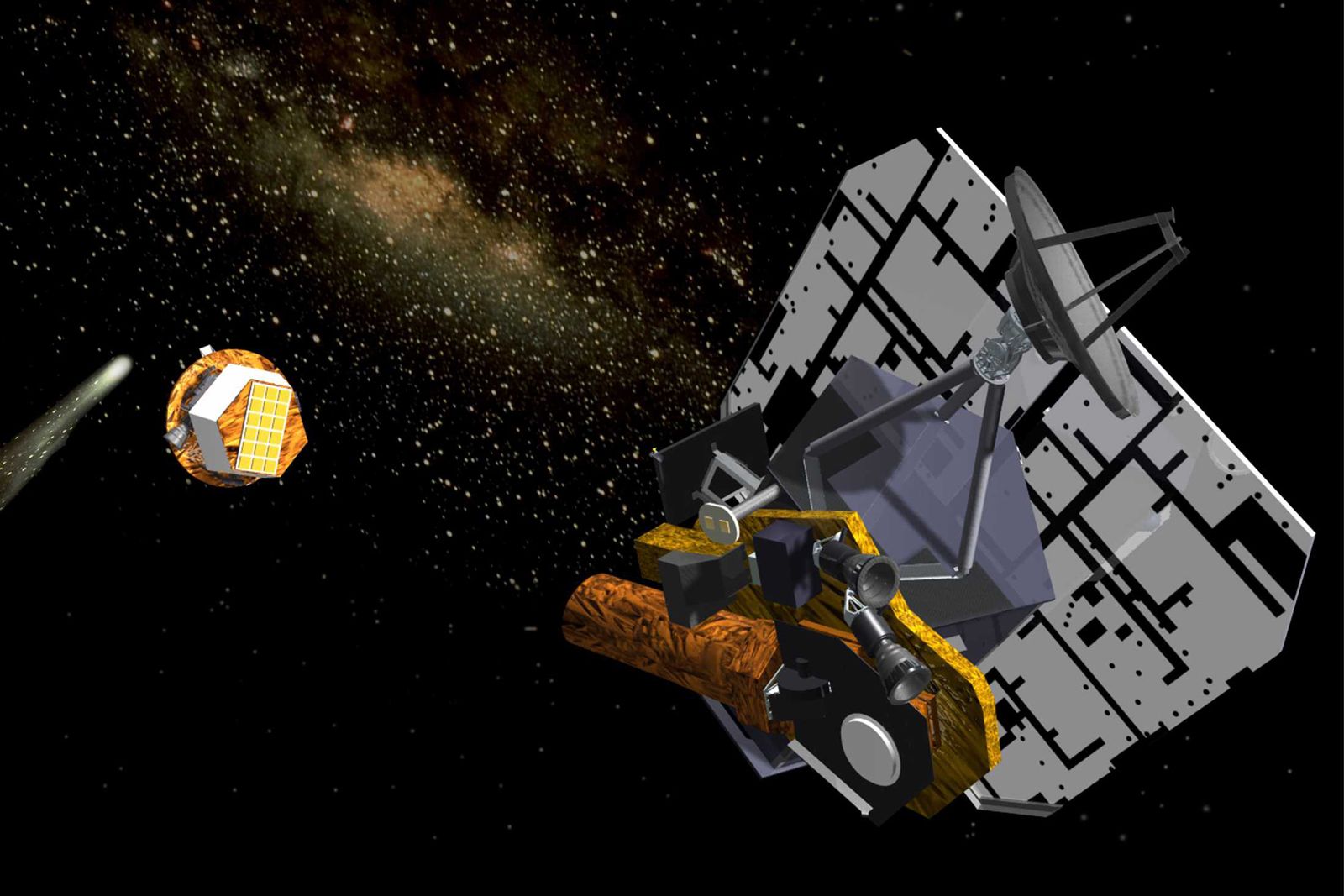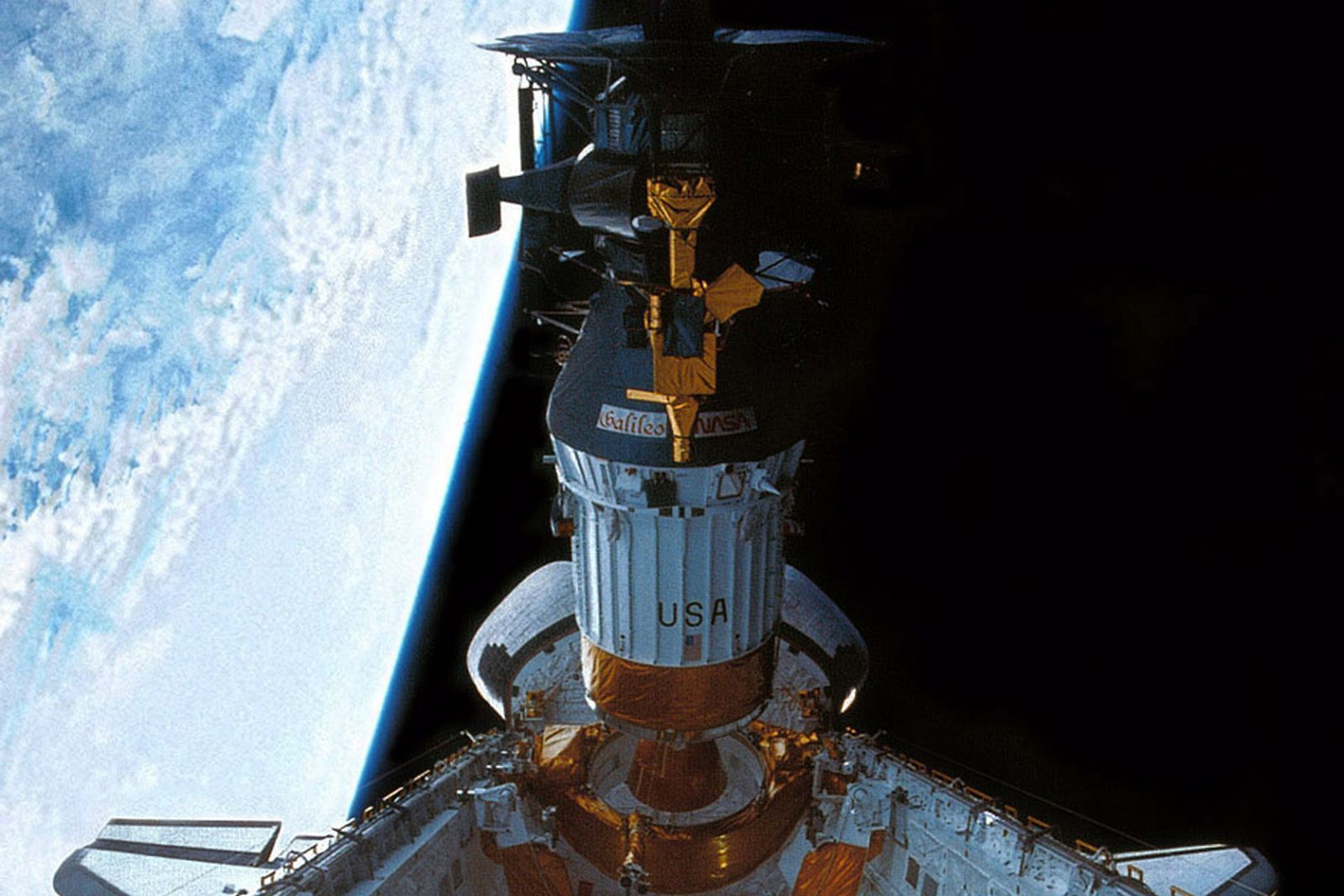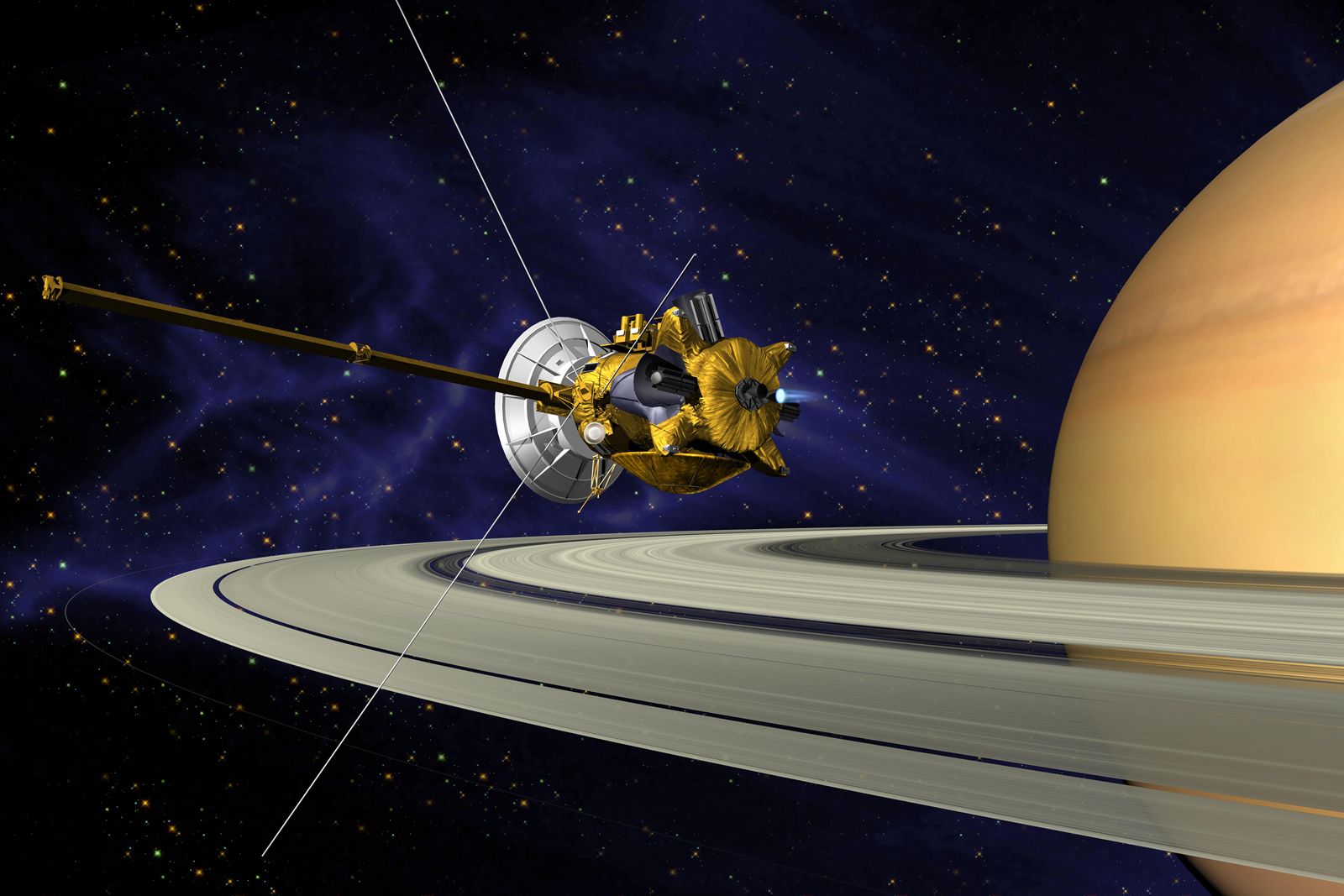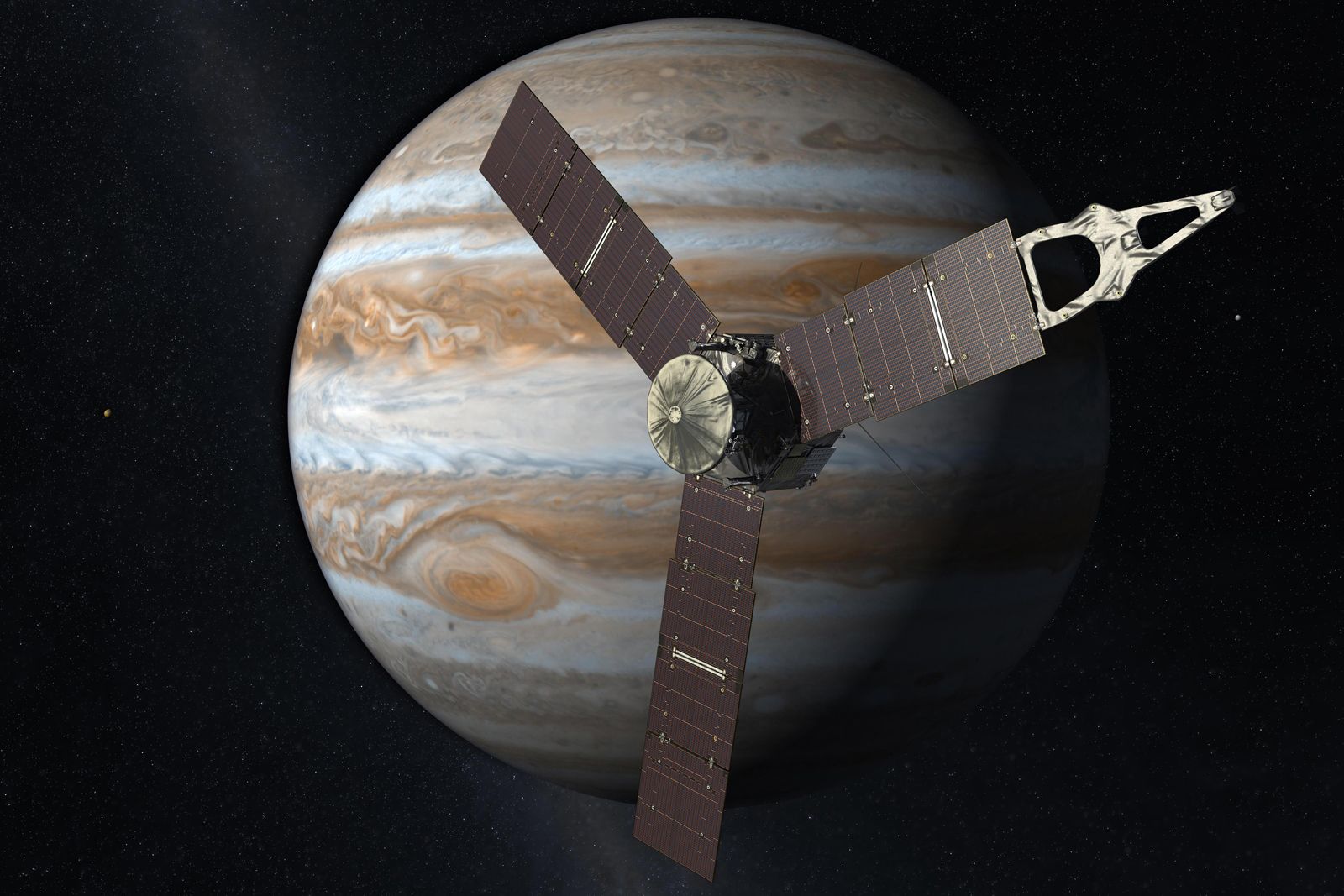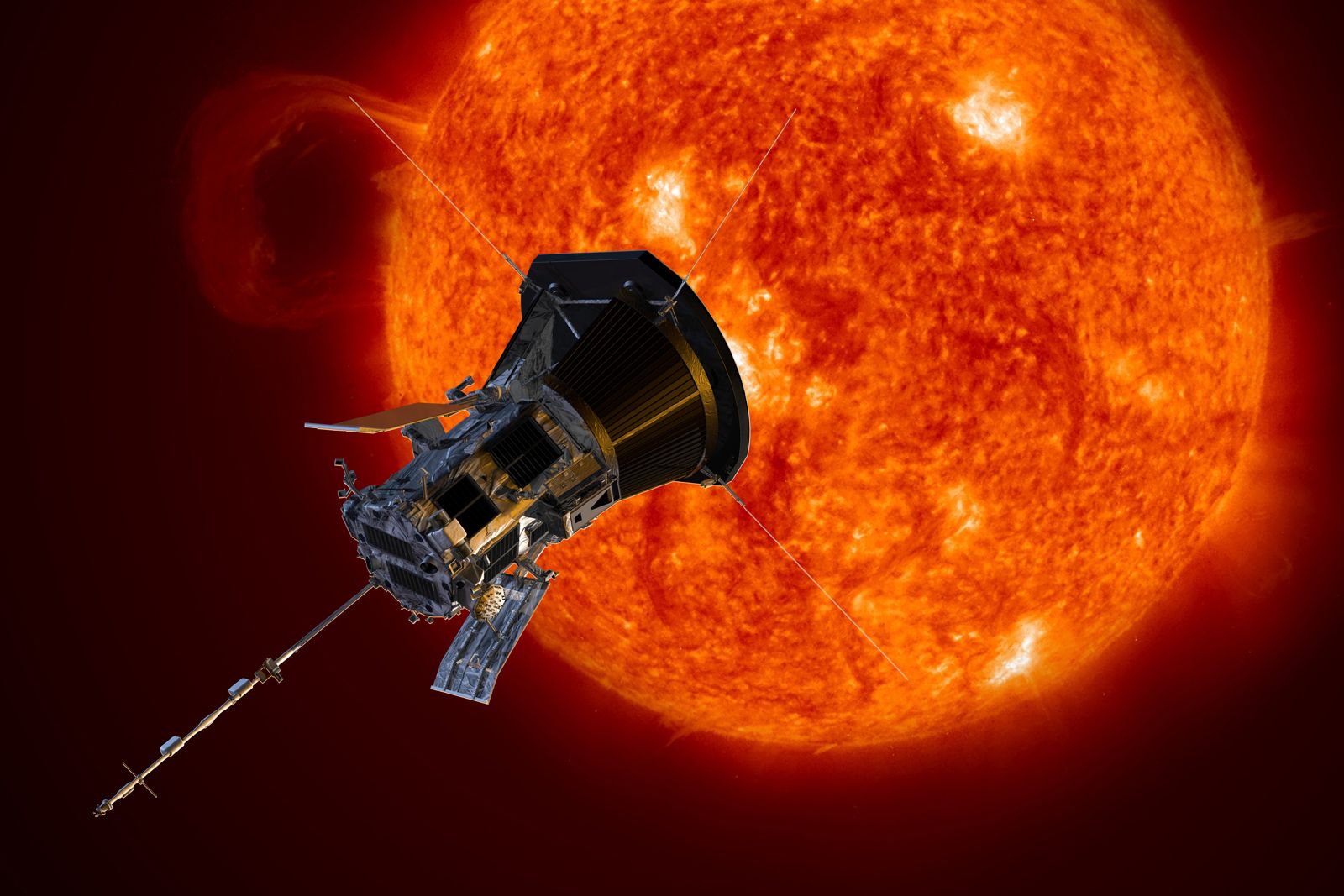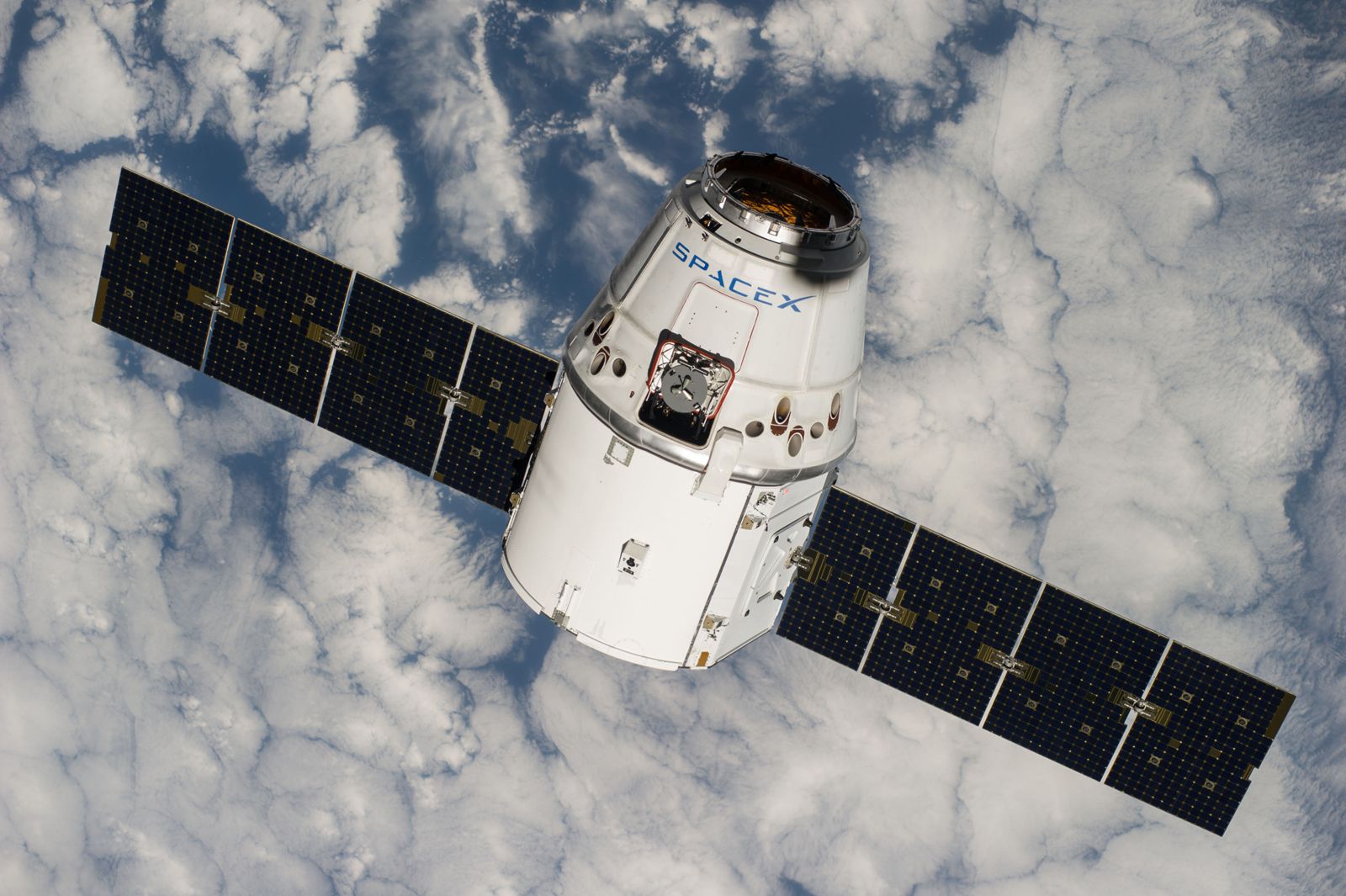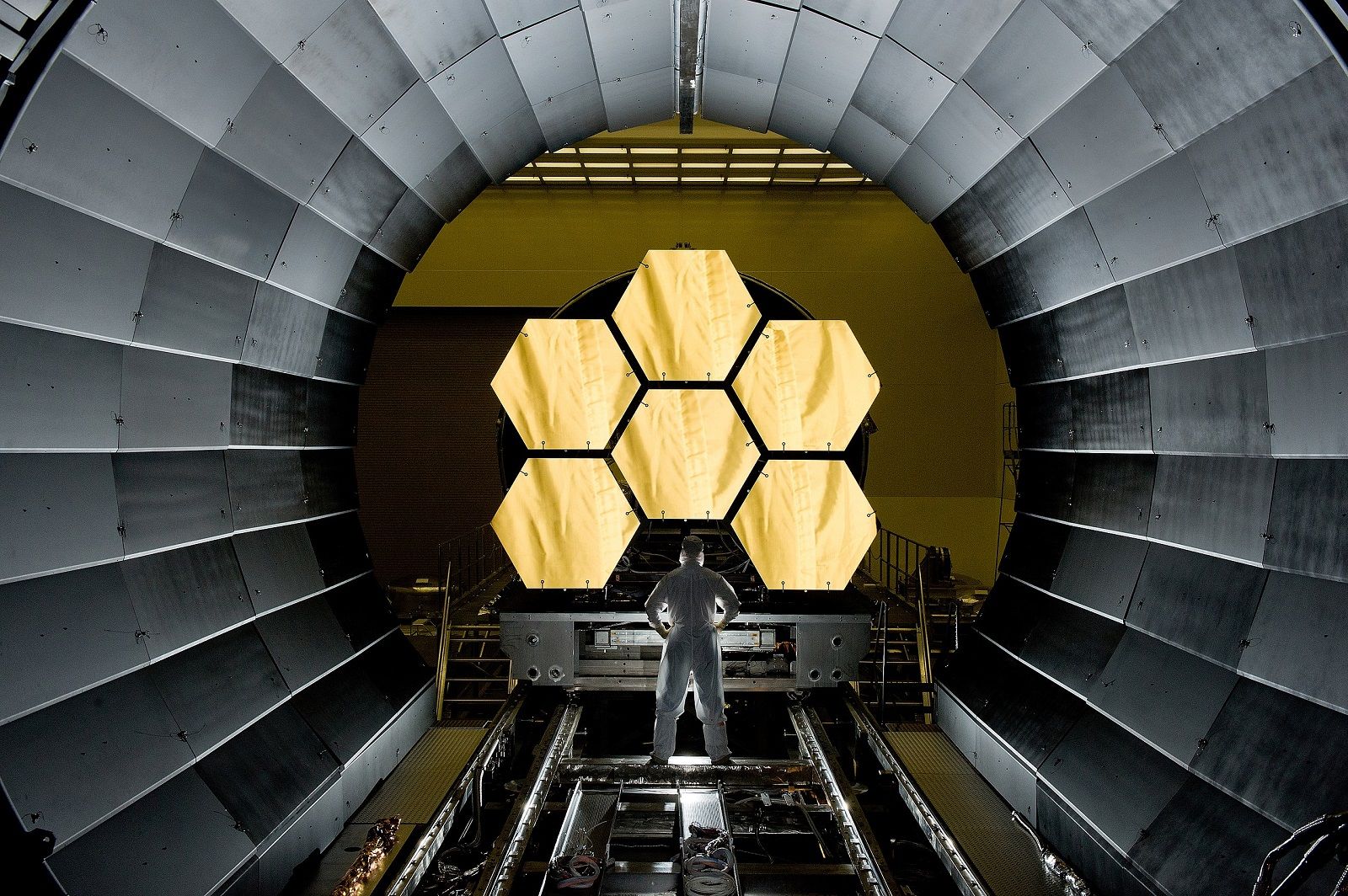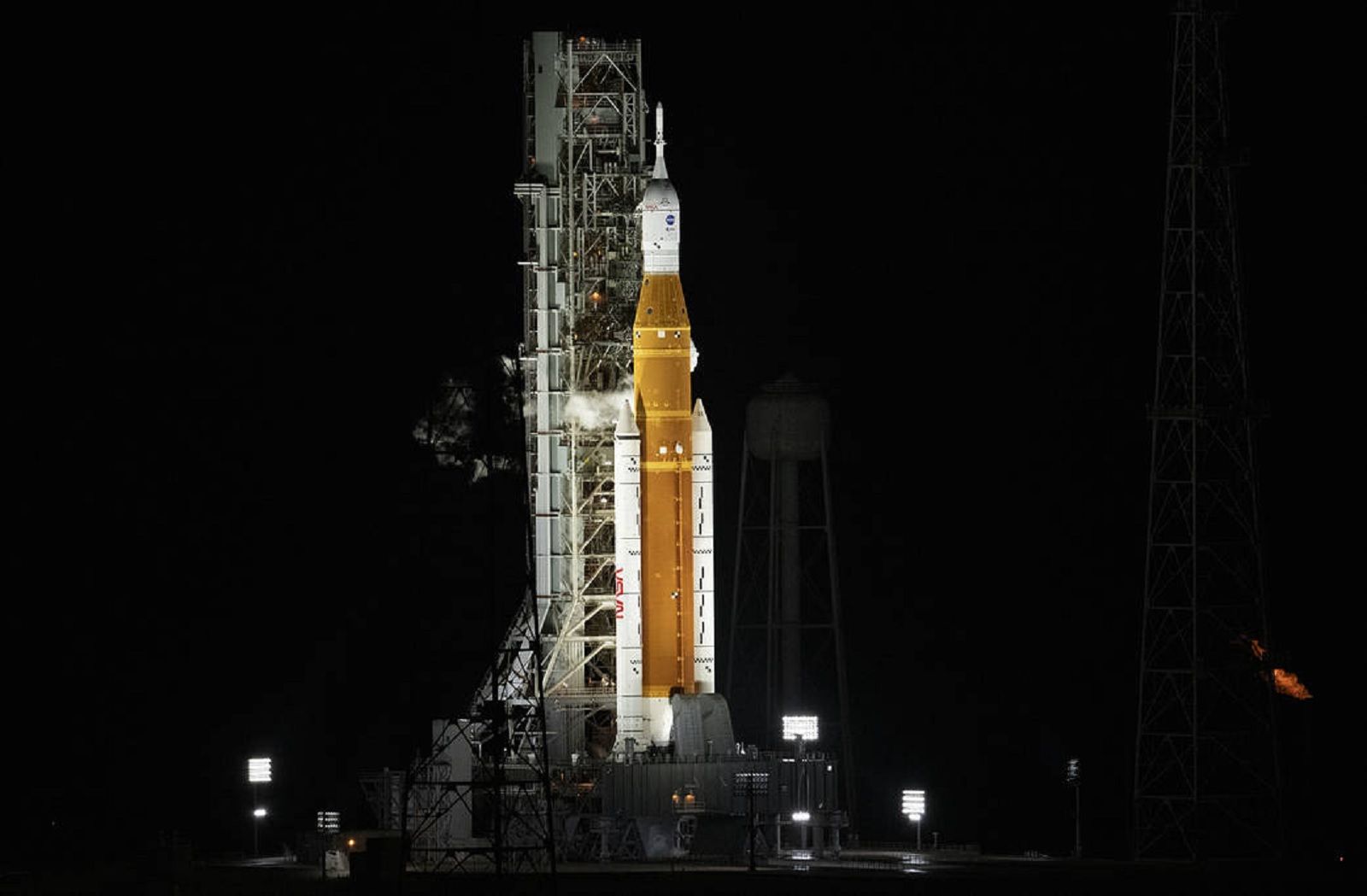Since Yuri Gagarin skimmed the upper atmosphere of Earth in 1961 as part of the first manned flight into space, the world has been obsessed with our near, and far, universe.
The technological advances from one mission helped influence the next, helping us go further and deeper into our solar system and beyond.
From Gagarin’s Vostok 1 craft to the Parker Solar Probe on course to flyby the Sun, we’ve rounded up the best spacecraft ever flown.
Vostok 1
Vostok 1 was the craft that carried the first humans into space in 1961. What more needs to be said?
The mission credited as kickstarting it all, Vostok 1 was the craft that carried the first humans into space.
The launch took place on 12 April 1961 and the Vostok 3KA capsule carried Soviet cosmonaut Yuri Gagarin on a single orbit around Earth. Gagarin spent 108 minutes in flight before parachuting to the ground, landing around 175 miles from the launch pad in Baikonur.
The successful launch was broadcast on Soviet radio before Gagarin had even landed and it was a major advance in the Space Race between the US and USSR.
Apollo
Apollo 11 is perhaps the most infamous of all NASA’s missions. That is until we head to Mars.
No round-up of top spacecraft would be complete without referencing the Apollo mission, and in particular Apollo 11.
The infamous flight, and equally iconic lunar module, represent an important part of human kinds space travel efforts.
And every other spacecraft in this list owes a debt to both the technological and cultural advances of the Apollo success. The landing was so important it was shown live on TV to millions, at a time when television was relatively new, and effectively ended the Space Race, leading to the end of the Cold War between the US and USSR.
International Space Station (ISS)
One of the most iconic and impressive spacecraft to ever leave Earth’s atmosphere is the International Space Station or ISS.
For over two decades it’s been home to astronauts from the US, Europe, Japan and Russia and acts as an orbiting science laboratory where its crew can test various tasks in microgravity and the harsh environments of space.
It not only shows what can be achieved when space agencies work collaboratively, but it has also taught us a wealth of knowledge we’re going to need if we’re ever to explore other planets, and helped us see the Earth in ways never thought imaginable.
Plus its 20-year-old engineering has stood the test of time. It is expected to remain in operation until 2030.
Voyager 1 and 2
Despite its name, Voyager 2 was actually the first of Nasa’s twin Voyager spacecraft to launch into space in the summer of 1977, 16 days before Voyager 1.
Its moniker derives from the fact it would reach the mission’s destinations of Saturn and Jupiter after Voyager 1. After taking some of the first shots of the Earth and Moon together, the Voyager mission arrived at Jupiter in 1979 followed by Saturn the year after and onto Uranus and Neptune.
On Valentine’s Day, 1990, the last images of the mission were captured by Voyager 1 as it orbited 14 billion miles from the Sun. The photos it took make up the only collection that shows Venus, Earth, Saturn, Jupiter and Neptune together.
Mars Express
Some 30 years after NASA landed its Viking craft on the Red Planet in 1971, the European Space Agency launched its own mission to Mars.
In December 2003, the Mars Express successfully entered orbit around the planet and began its scientific studies at the start of 2004. Sadly, it lost contact with its lander, Beagle-2, named after the ship in which Charles Darwin set sail to explore Earth in 1831, shortly after its approach to Mars. The Mars Express is fitted with seven instruments designed to study the planet’s atmosphere and climate, and the mineralogy and geology of the surface.
Hubble telescope
The Hubble Space Telescope has been capturing the imagination of space lovers for decades.
Like the ISS, Nasa’s Hubble Space Telescope is an iconic spacecraft, having captured the imagination of space lovers for decades.
It became the first astronomical observatory to be placed into orbit around Earth after launching on 24 April 1990 on board the Space Shuttle Discovery and spends its days orbiting the planet capturing incredible shots of space.
Hubble completes 15 orbits per day, 340 miles above Earth’s surface. In its 29 years of service, it has helped unlock secrets of asteroids, captured the most fantastic images of nebulas, snapped the blue hue of Uranus and assisted thousands of astronomers in their scientific studies. You can even see what Hubble is looking at right now on the Space Telescope Live site.
Deep Impact
NASA has sent all sorts of spacecraft into the depths of space, including some that were designed to collide with comets in order to carry out analysis.
Almost a decade before Rosetta and Philae arrived at 67P, Nasa’s Deep Impact spacecraft crashed into a comet called Tempel 1.
On Independence Day, 2005, the Impactor collided with the comet’s nucleus. Photos taken by the spacecraft showed the impact generating a large and bright dust cloud which blocked the view of the impact crater scientists had hoped to study.
That didn’t make the mission a failure, though. Astronomers were able to determine the comet came from the Uranus and Neptune Oort cloud region of the solar system and it gave them fascinating insight that helped towards the Rosetta mission.
Rosetta and Philae
In 2014, ESA achieved what many had deemed impossible. It landed a tiny spacecraft called Philae on the surface of a comet as it hurtled through space at speeds of up to 84,000mph.
The lander was transported and released by a spacecraft named Rosetta, launched from a site in French Guiana in 2004.
It took ten years to reach its destination, Comet 67P/Churyumov–Gerasimenko, passing through and capturing vast swathes of data about the asteroid belt, before concluding its mission in 2016.
Galileo
After learning a number of lessons about Jupiter, and how to get there, from the Voyager mission, Nasa sent a dedicated probe called Galileo (after the Italian astronomer) to the gas giant in late 1989.
It took six years to arrive and spent more than eight years orbiting the planet. It suffered antenna damage during this orbit, but was still able to capture images of a comet colliding with Jupiter, as well as discover the first asteroid moon. Nasa deliberately ended the mission by flying Galileo into the Jovian atmosphere in 2003.
Cassini-Hyugens
The Cassini-Hyugens spacecraft spent an incredible 13 years studying Saturn.
Its mission was supposed to last just four years, but in 2017 the Cassini-Hyugens spacecraft dived into Saturn’s atmosphere having spent 13 years studying the planet and its system, and a total of 20 years in space.
The robotic spacecraft carried both NASA’s Cassini probe, and ESA’s Huygens lander which touched down on Saturn’s largest moon, Titan, in January 2005. Cassini was the fourth probe to visit Saturn yet the first to enter its orbit.
Juno
Juno was another craft NASA used to study Jupiter. It was used to analyse Jupiter’s composition, gravity field, magnetic field, and polar magnetosphere.
Once Galileo was safely out of orbit, Nasa turned its attention to its Juno mission. Named after the goddess Juno, the spacecraft developed the technologies taken from its predecessor to launch a second probe to Jupiter in 2011.
It entered Jupiter’s orbit five years after launch, on 5 July 2016. Just a month later it captured images of the planet’s north pole for the first time. Since then, Juno has photographed stunning views from storms in the south to a closeup of the planet’s Great Red Spot. Its onboard instruments are designed to measure Jupiter’s composition, gravity field, magnetic field, and polar magnetosphere. It is also searching for clues about how the planet formed.
Parker Solar Probe
Here’s a probe that was sent by man to study the Sun. Its mission is to solve the mysteries of how energy and heat move through the solar corona.
While there have been some incredible “firsts” in our exploration of the universe, one that is getting even the most cynical astronomers excited is the Parker Solar Probe mission. It is humanity’s first attempt at visiting a star and is designed to get up close and personal with our Sun.
At its closest approach to the Sun, the Parker Solar Probe will reach speeds of 430,000 mph and face temperatures of 1,377 C in its bid to solve the 60-year mysteries of how energy and heat move through the solar corona. It will also help us learn more about the science behind solar wind and solar energetic particles. It launched in August 2018 and is expected to complete its mission by 2026.
SpaceX Dragon
SpaceX’s Dragon has been in operation for almost a decade and made history in 2012 by becoming the first commercial spacecraft to dock with the International Space Station.
SpaceX has a deal with NASA under the space agency’s Commercial Resupply Services to carry cargo to, and from, the manned station.
SpaceX built the Dragon with a view to it one-day carrying astronauts alongside its cargo but recent tests of the Crew Dragon failed due to an “anomaly”, so further testing is needed.
The James Webb telescope
The James Webb telescope is the most powerful telescope ever launched into space (so far). It’s a fascinating design which includes 18 hexagonal mirror segments made of gold-plated beryllium18 hexagonal mirror segments made of gold-plated beryllium.
Development began all the way back in 1996, but the launch didn’t happen until 2021. That launch was a delicate process too and incredibly careful engineering had to go into the telescope which would not only need to deploy its sails when it got to its destination but also survive extreme cold and extreme heat too.
This telescope is deployed in a solar orbit near the Sun-Earth L2 Lagrange point, about 1.5 million kilometres (930,000 miles) from Earth.
It’s able to capture more data than Hubble thanks to a design which includes a light-collecting area that’s about six times the size of Hubble’s. Its mission is planned to last for 10 years but it could go on for as many as 20 years capturing essential data about the universe.
Artemis 1
Artemis 1 was launched on 16 November 2022. The Orion spacecraft then set about travelling over 1.3 million miles to orbit around the moon before returning to Earth. Splashing down on 11 December 2022.
This was a test to ensure future crew safety during entry, descent, splashdown and recovery for future trips to the moon.
Though perhaps not as exciting as other crafts on this list, it is still the first step in humankind’s future exploration of space and that’s pretty exciting.


